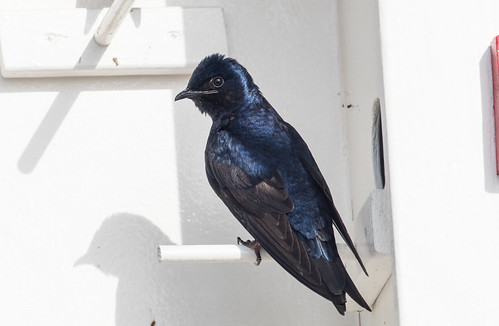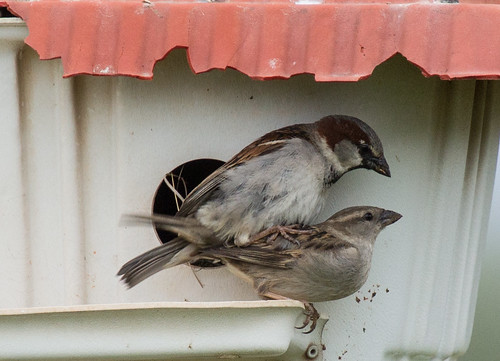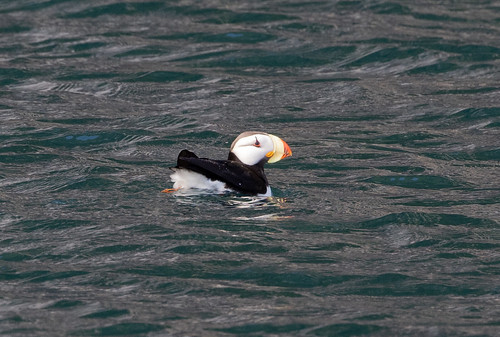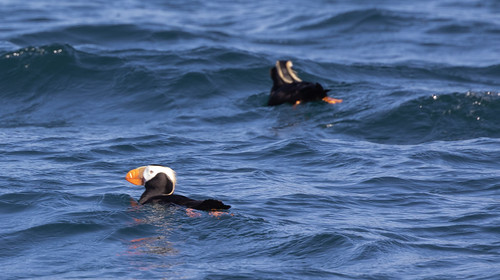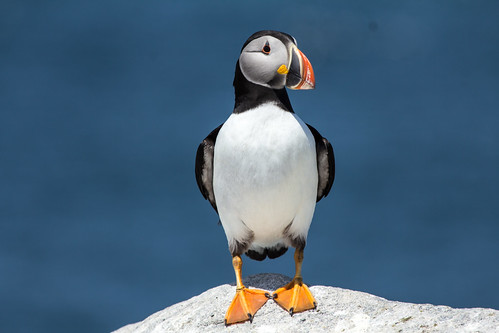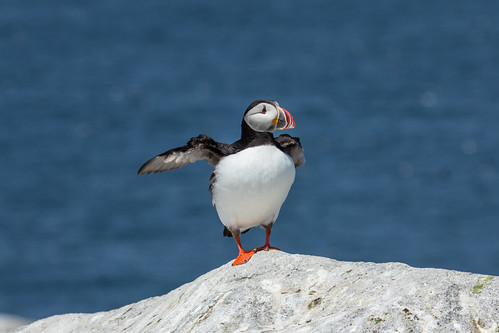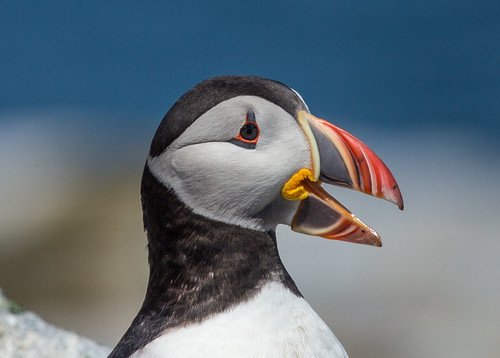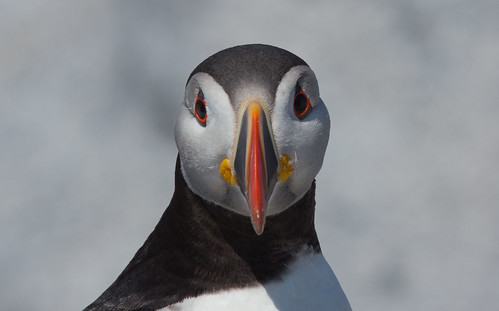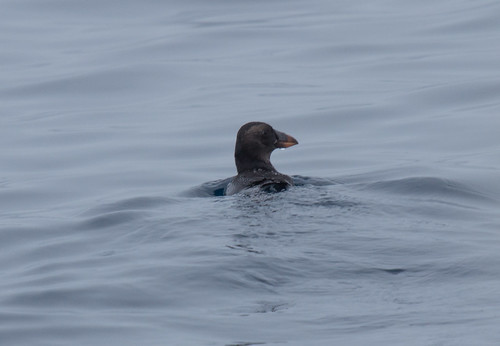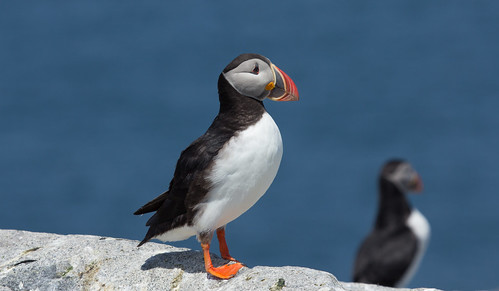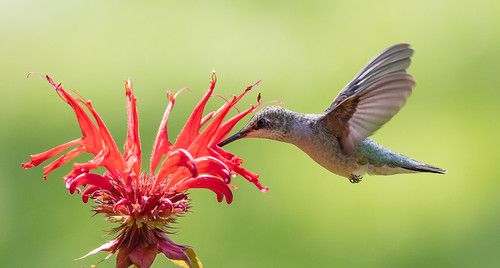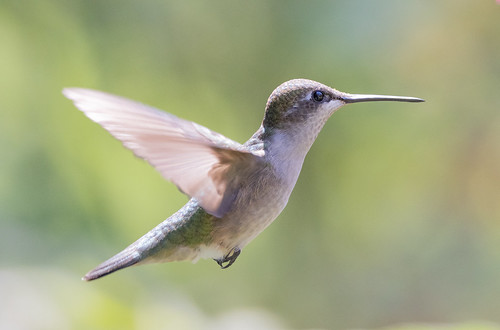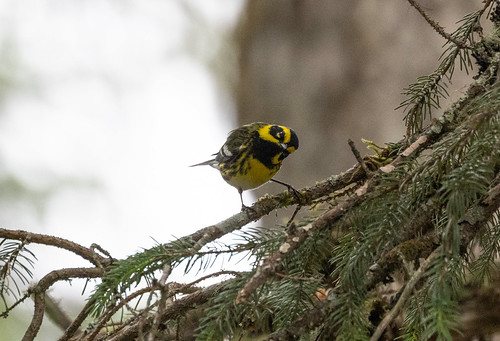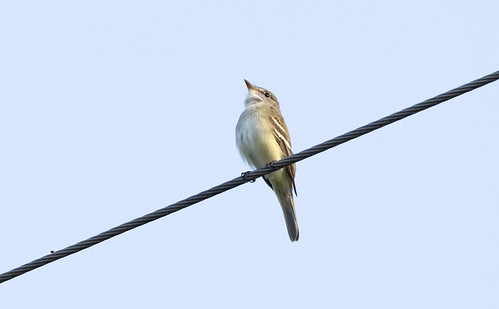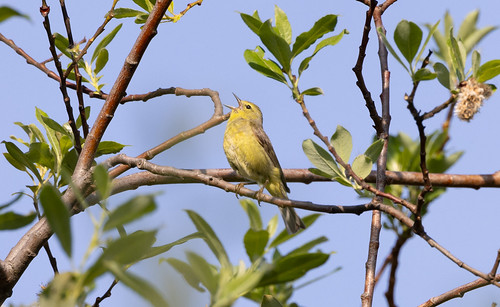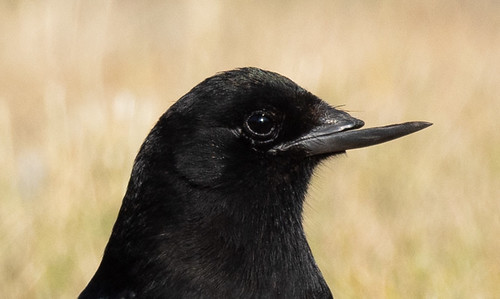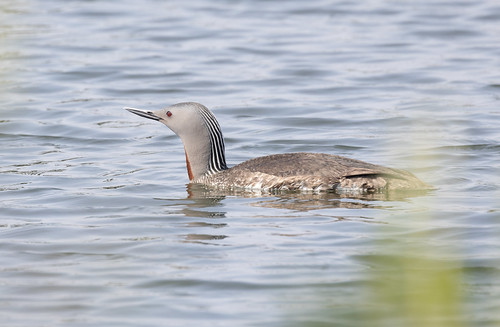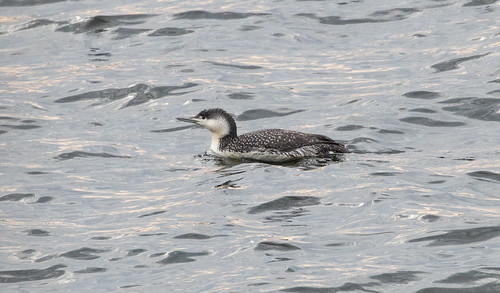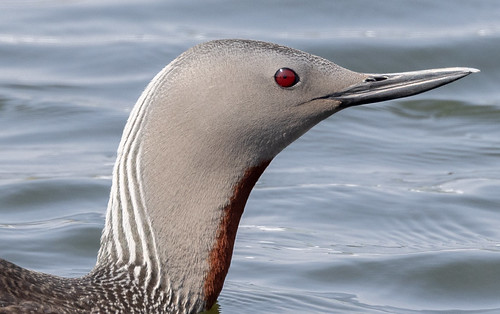In June 1975 when I was taking my first ornithology class, at Michigan State’s Kellogg Biological Station near Kalamazoo, there were a couple of very active Purple Martin houses right outside our classroom. Martin music drifted through the open windows hour after hour. That friendly, gentle vocalizing imprinted itself deep into the auditory regions of my brain until it’s virtually impossible for me to hear Purple Martins without smiling.
But in 1975, before I'd even seen my first Purple Martins, they were already declining. When Russ and I moved to Duluth in 1981, they still nested in several places along Park Point, but people were already noticing that there weren’t as many as there once were, and within a decade or two, they’d vanished from every nest box in town. Now we’re lucky to see one or two flying over during migration. People everywhere were noticing and decrying their widespread loss, which was probably due to many factors, but especially the scary decline of so many moths and emergent aquatic insects such as mayflies, and competition for nest cavities from House Sparrows and European Starlings.
When I was Science Editor at the Cornell Lab of Ornithology in Ithaca, New York, Cornell researchers set up new Purple Martin boxes where the birds had once nested. To raise the chances that these sociable, colonial birds would discover them, they tried some targeted advertising by playing recordings of Purple Martins, reasoning that martins flying over during migration were more likely to notice the boxes in the first place, and to get the idea that those boxes would be a good place to nest if they heard what sounded like other martins using them. When I’d eat my lunch near the pond at Sapsucker Woods, I loved hearing that comforting martin music. Sadly, though, I never heard the actual birds—just the recordings, which never lured any martins to the houses. “If you build it, they will come” may work for baseball fans and even the ghosts of baseball players, but we can’t lure birds into even the finest "field of dreams" if they aren’t there in the first place.
 |
| Virginia Rail |
I thought about this when I heard about a similar effort in Michigan, not to attract Purple Martins but to restore rail populations to Michigan wetlands. Populations of Soras, Virginia Rails, and King Rails have been declining in the Upper Midwest due to habitat degradation and loss on their wintering and breeding grounds and stopover sites along their migration routes, with added pressure from hurricanes, droughts, flooding, rising ocean levels with increased salinity in coastal marshes, and other climate-related problems. When people do muster the will and wherewithal to restore a damaged wetland, it can take decades for some species to return, especially declining species which tend to concentrate in the quality habitat they already know about.
 |
| Sora |
Young birds who haven’t become bonded to a territory yet may be quick to notice new territory opportunities, but there must be successful breeding somewhere else to produce these young birds in the first place. Adult birds who have successfully bred in a particular marsh probably ignore suitable habitat en route to their established home base except when they need a brief stop to feed and rest. But when adults return to where their beloved marsh is supposed to be only to find storm damage, unsuitable water levels, or, worst case scenario, a new parking lot or apartment complex, they must seek out a new home base. That’s when some may discover restored wetlands.
It’s a big world out there, and rails migrate by night so can’t see details of the landscape they’re flying over. Fortunately, many marsh creatures, including other rails, bitterns, and frogs, spend spring nights belching and trilling and calling away, producing a soundscape that helps birds passing overhead to recognize wetland habitat by sound rather than sight. Hearing familiar marsh sounds, especially their own species’ vocalizations, gives a clear indication of suitable habitat. But until rails discover a restored wetland, could audio recordings lure in the first ones?
A couple of weeks ago, I heard from Daniel Wanschura, a reporter at Interlochen Public Radio in northern Michigan, about a story he’d just produced. Dustin Brewer, a Ph.D. candidate at Central Michigan University, is looking for answers to that very question at the Shiawassee River State Game Area, which just happens to be a place where I took several field trips when I was taking my second ornithology class at Michigan State in 1976. Along with U.S. Fish and Wildlife Service biologists, Brewer played rail recordings at several potential nesting areas this past spring migration hoping to attract migrating rails to restored wetland habitat at Shiawassee, and then conducted weekly surveys to see whether his playback experiment had worked.
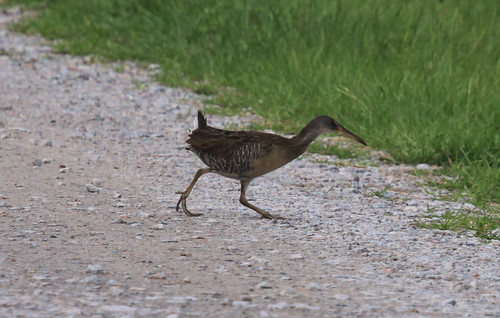 |
| The best I could do with a King Rail photo—they're few and far between |
Brewer brought Daniel Wanschura to his study area in April, during migration, and in May as birds were settling in for nesting. While Wanschura was there, one King Rail—a dangerously declining species listed as endangered in Michigan—was calling near one of Brewer’s playback sites, suggesting that it’s quite likely that if you build it—or at least restore quality habitat—and provide some audio advertising, some birds actually may come.
Daniel Wanschura’s story about Dustin Brewer’s fascinating research project aired on August 19 on "Points North," Interlochen Public Radio’s podcast. You can read the transcript or listen to the program here.
